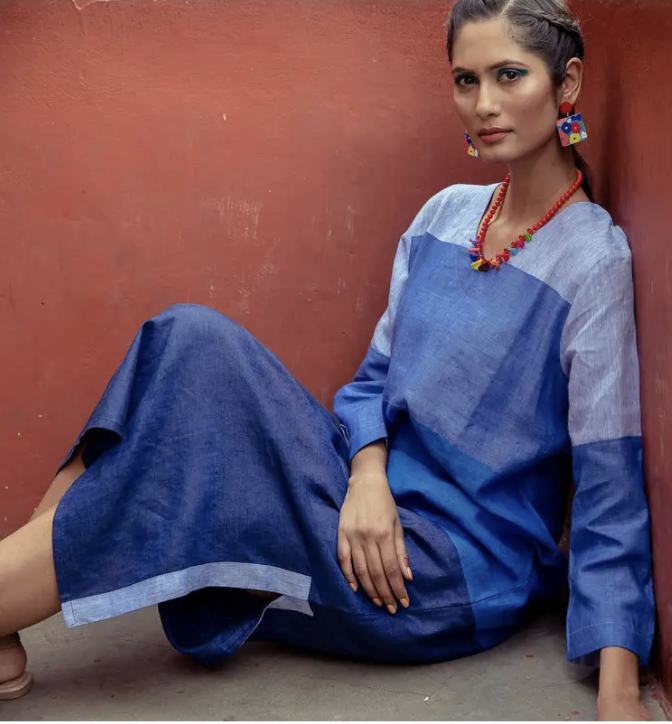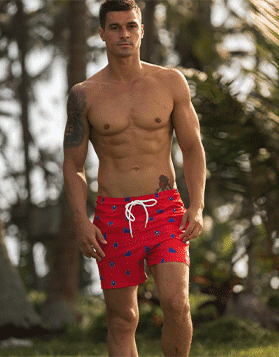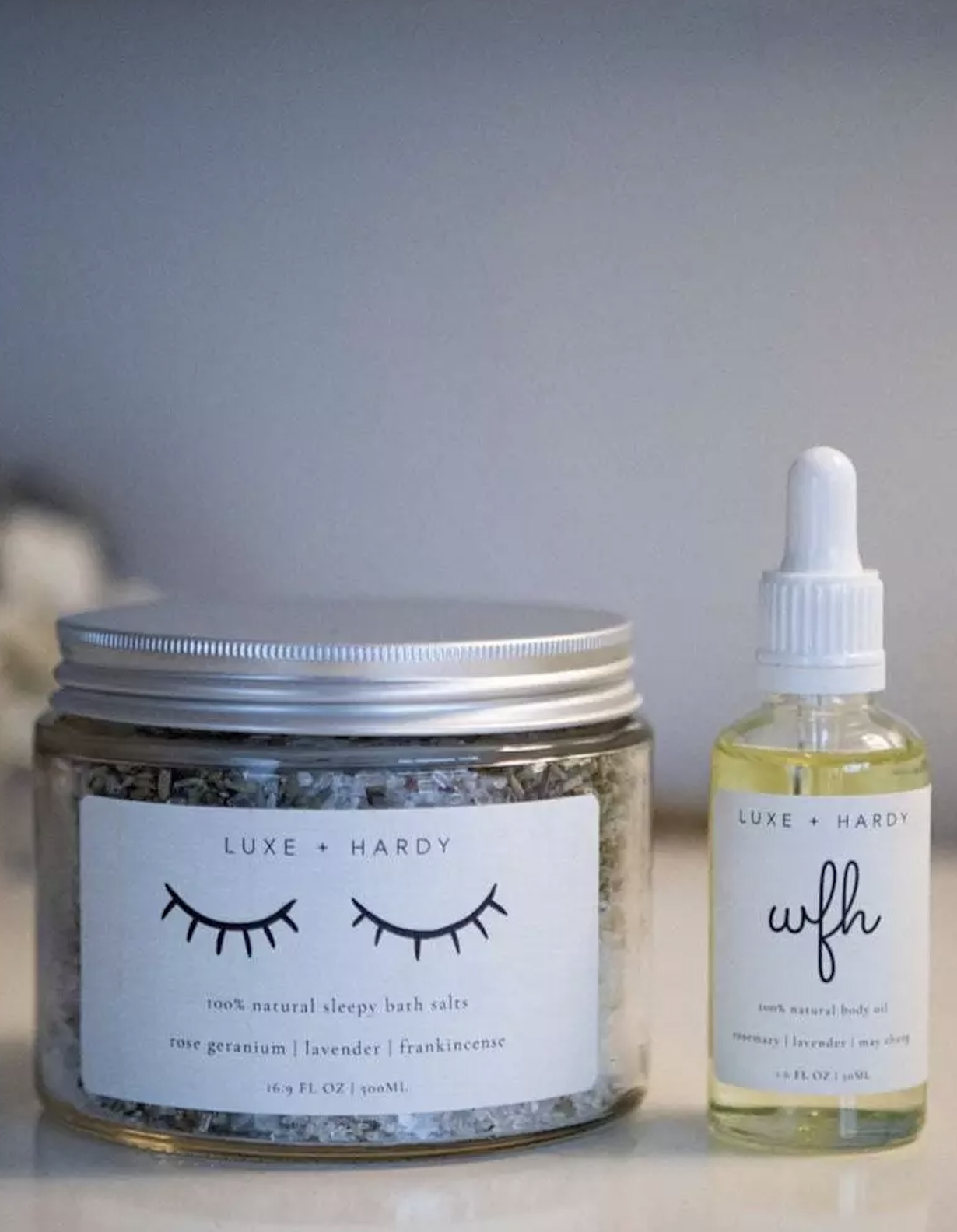H&M – Green Or Greenwashing?
Green fashion is the hot new trend and one that keeps on rising.
Sustainable clothing lines are big on saving the planet and reducing their environmental impact on our ecosystems.
Some brands have been taking steps towards a more sustainable future through slow fashion. But responsible clothing brands are more than just reducing emissions here and there.
An entire chain of events needs to be in place in order for a brand to be labeled sustainable.
While the efforts of many apparel companies are admirable, are they enough?
Let’s not forget that the fashion industry is responsible for 20% of the world’s industrial wastewater and 10% of the world’s carbon emissions.
Firstly, we need to understand sustainability in comparison with being, say, eco-friendly.
Sustainability is about so much more; it’s about the whole process from start to finish, including the people, the planet, and their profit. Something can be eco-friendly and still be so far from sustainable.[
So, What Is H&M Doing About It?
H&M is a multinational clothing company operating in 74 countries with nearly 5,000 stores worldwide.
The Swedish manufacturer has spent millions in an effort to improve its sustainability, working with a number of influencers and celebrities to promote its eco-conscious campaigns.
They also introduced an in-store recycling service in 2013, where customers can bring in their used clothes, in any condition and from any brand, to be recycled. They’re even paying customers to do it!
The same year, the H&M group formed the H&M Foundation, a non-profit organization whose vision is “to support the transition to a planet-positive fashion industry and contribute to a resilient planet where humanity can thrive.”
The brand uses renewable energy for parts of its supply chain and has a policy approved by the environmental organization Canopy to prevent deforestation of ancient and endangered forests.
So far, so good.
H&M has also teamed up with the start-up company ‘Renewcell’ to become the first brand selling clothes made from Circulose®.
Circulose® is a branded biodegradable pulp product created from 100% textile waste, such as your old worn-out jeans or their production scraps.
Dissolving pulp cellulose is what the textile industry already uses to make sustainable fabrics like viscose and lyocell. The only difference with Circulose® is that it’s made from textile waste instead of wood — which, we have to say, is pretty impressive!
Of course, these steps are all heading in the right direction, but, being the world’s second-largest retailer, can H&M ever be truly sustainable?
What Is Really Going On Behind The Scenes?
H&M has made many promises, including making its entire line sustainable by 2030.
But, let’s not forget that the brand has been accused of greenwashing in the past — using misleading marketing tactics to create the impression that a company’s products are more environmentally sound than they actually are.
The thing is, being “sustainable” in the fashion industry nowadays is fairly easy. In other words, brands can easily market their products as sustainable without ever actually having to back the claims up.
Pretty unfair, right?
Norway thought so too. In 2019, Norway’s Forbrukertilsynet (The Consumer Protection Authority) felt that H&M was “not being clear or specific enough in explaining how the clothes in the conscious collection and their conscious shop are more ‘sustainable’ than other products they sell.”
H&M marketed their products by labelling them as made from sustainable materials like organic cotton, recycled polyester, and Tencel.
But they were called out on it because they never explained how these materials helped or provided a sustainable way to shop.
All they really did was throw out a heap of jargon and slap a ‘sustainable’ label alongside it.
If their clothes make you feel great by thinking that you’re purchasing ‘green’ clothing and helping the planet, think again!
When you take a closer look, it turns out they may only use 50% recycled materials, or up to 20% of recycled cotton, and its ‘100% organic cotton’ clothing still requires around 20,000 liters of water in production.
Doesn’t sound too sustainable, does it?
The lack of a standardized, legally binding framework for apparel companies to follow is creating a hole where brands can describe their sustainability efforts and marketing campaigns in any way they choose.
This results in brands greenwashing consumers, whether they fully intend to or not.
On top of that, in 2013, H&M promised to pay 850,000 workers a living wage by 2018 — a promise they have tremendously failed to achieve.
While there have been some improvements in its labor policies, multiple issues are still to be tackled, including gender equality and forced labor, suggesting that the brand is nowhere near where it needs to be on fair working conditions.
Yet, for some reason, H&M ranked first in the Fashion Revolution’s Transparency Index 2020.
Unfortunately, being transparent today does not equal being sustainable. The Fashion Transparency Index also takes into account only the 250 largest fashion retailers… So, all the genuinely sustainable brands aren’t even included!
That said, the Transparency Index is a huge step in the right direction, pushing brands to be more open and honest about their policies and practices.
However, even with H&M’s and other high-street brands’ considerable steps and efforts, it really just isn’t enough.
The real problem doesn’t lie within the materials being used, organizations being created, or transparency being maintained.
The picture is much bigger than that. In short;
Fashion This Fast Will Never Be Sustainable
As long as fashion trends keep changing as quickly as they are, brands and retailers simply won’t be able to keep up without producing mass amounts of cheap clothing.
When creating a garment for a fashion fad, it is bad business sense to invest time and quality on it; by the time you’ve made it, the trend has given way to the next one.
The only true way for responsible clothing brands to be eco-conscious is by saying no to fast fashion — and no, occasionally launching one-off sustainable clothing lines to promote a brand’s green image is simply not going to cut it.
Quality, sustainable pieces are achieved through slow fashion. They take time to be created in an environmentally friendly way, are not mass-produced, and have a longer lifespan.
And if you’re driven by low prices, just remember:
Fast fashion is not cheap; it’s just that someone else somewhere is paying the high price.
Fashion shouldn’t cost the Earth or be the cause of someone’s hunger and unhappiness. We can all be active citizens and we can start simply by choosing well what we include in our wardrobes.
Wild Fabrik
At WILD FABRIK, we believe that fashion is a universal language through which we communicate who we are and what we stand for. With our blog entries we aim to provide you with an elegant guide to a sustainable lifestyle, packed with our experience, knowledge, and continuous research on sustainability matters. Driven by our passion for all things green, we hope to inspire you to be your own label and make conscious choices that look — and feel —good.
Is there something you’re particularly interested in reading from us? Drop us an email and let us know!
“Green fashion is the hot new trend and one that keeps on rising.”

- Dubai, Festival City Mall, Crescent Drive
- +971-54-382-8897
- Mon-Sun 9.00 - 18.00
- [email protected]
- View on map






